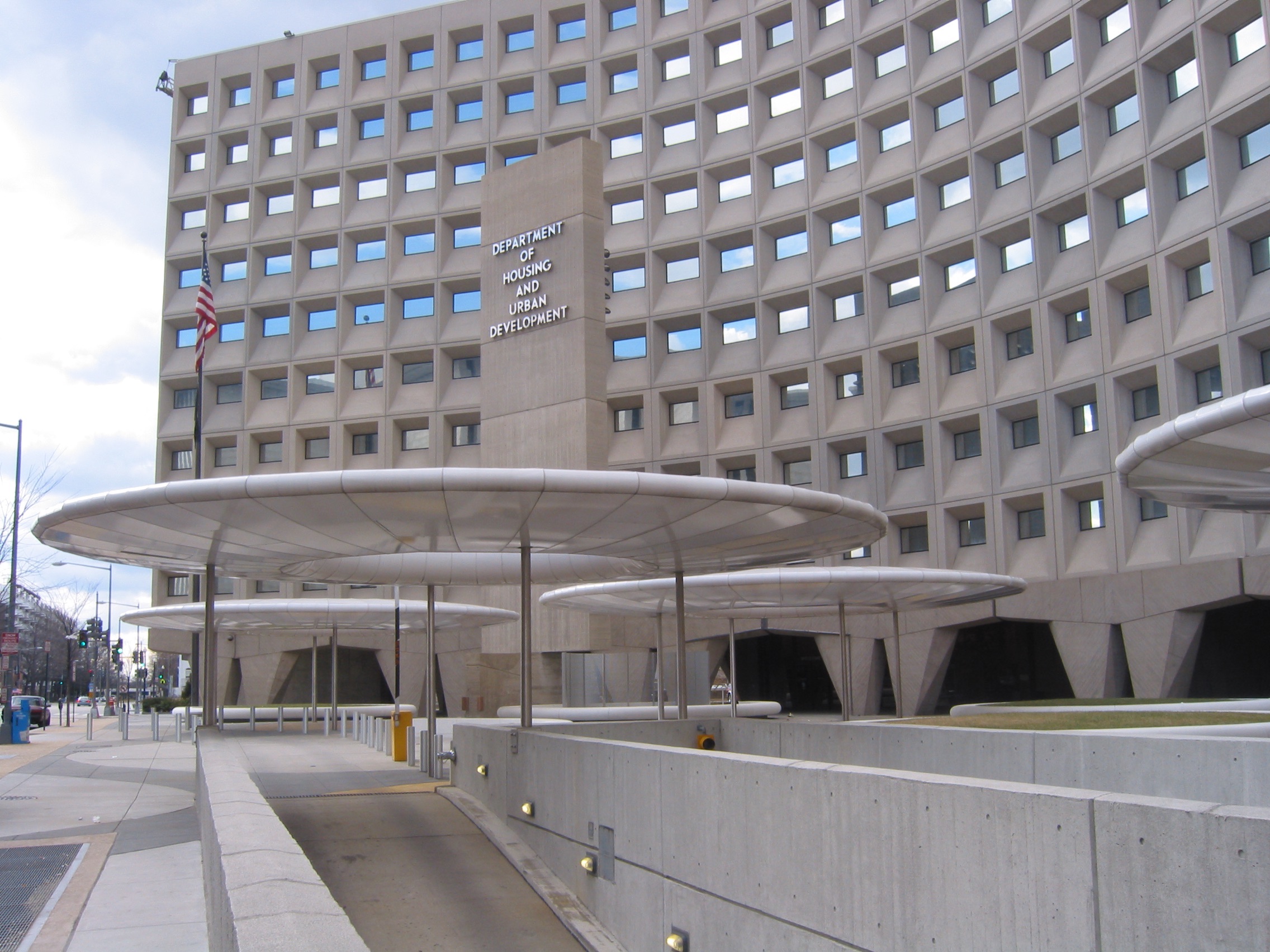
Federal Housing Department Faces Significant Staffing Reductions
Government • 02.15.2025
Workers at the U.S. Department of Housing and Urban Development (HUD) are preparing for substantial staff reductions, impacting key divisions that provide housing assistance, in...

CSS: 57% of Appraisals Exceeded Sales Price in Late 2024
Mortgage • 01.31.2025
How precise were home appraisals in the latter half of 2024? A recent report from Corporate Settlement Solutions (CSS) indicates that in 57% of cases, appraised...

2024 U.S. Home Sales Reach Lowest Level in Nearly 30 Years
Real Estate • 01.27.2025
Elevated mortgage rates, rising home prices, and a limited supply of available properties have continued to challenge prospective homebuyers, making homeownership increasingly d...

Michigan Unemployment Rate Rises Slightly in December
Economic • 01.27.2025
Michigan's seasonally adjusted unemployment rate increased by 0.2 percentage points to 5.0% in December, according to data released by the Michigan Department of Technology, Man...

December Mortgage Data Shows Growth Across All Loan Categories
Mortgage • 01.17.2025
New data highlights year-over-year growth in mortgage activity, providing optimism for industry professionals as 2025 begins.
On Tuesday, Optimal Blue released its Decem...

An Overview of Real Estate Investment Trusts (REITs)
Real Estate • 01.15.2025
Real Estate Investment Trusts, commonly known as REITs, were established by Congress in 1960 to provide individuals with the opportunity to invest in income-generating real esta...
Landlords going into default. Florida rental market on verge of collapse.
Real Estate • 02.27.2025
Rents are dropping across the state of Florida according to a new report from Redfin. Especially in the Tampa-St Pete metro, where asking rents are do...
Triple Net Investing 101: Everything You Need to Know About Triple Net Leases
Real Estate • 01.31.2025
Triple Net (NNN) investing is a phenomenal way to grow your passive investment portfolio. Get answers to FAQs about this lucrative commercial real...
Real Estate Syndications 101: What To Know BEFORE You Invest
Real Estate • 01.31.2025
Jim is a long-time syndication investor and former professional football player (seriously!) Devon Kennard. Before syndications, Devon bought singl...
Understanding Subject-to Deals
Real Estate • 04.09.2025
Buying real estate "subject-to" refers to a creative financing strategy in which a buyer purchases a property subject to the existing mortgage or f...
Landlords going into default. Florida rental market on verge of collapse.
Real Estate • 02.27.2025
Rents are dropping across the state of Florida according to a new report from Redfin. Especially in the Tampa-St Pete metro, where asking rents are do...
Understanding Institutional Conforming Loans vs. Non-Conforming Loans
Mortgage • 02.27.2025
When seeking financing for real estate purchases, borrowers encounter different types of mortgage loans. Among the most important distinctions are...
Triple Net Investing 101: Everything You Need to Know About Triple Net Leases
Real Estate • 01.31.2025
Triple Net (NNN) investing is a phenomenal way to grow your passive investment portfolio. Get answers to FAQs about this lucrative commercial real...
Five Strategies to Avoid Overemphasizing Short-Term Market Trends
General Investment • 01.31.2025
Recency bias leads investors to place excessive weight on recent performance trends while underestimating other key factors such as fundamentals, v...
Real Estate Syndications 101: What To Know BEFORE You Invest
Real Estate • 01.31.2025
Jim is a long-time syndication investor and former professional football player (seriously!) Devon Kennard. Before syndications, Devon bought singl...
How to Analyze Real Estate Rental Properties: Capitalization Rate Explained
Real Estate • 01.17.2025
When you're analyzing a real estate deal for a rental property, one of the most common metrics you'll hear about is cap rate or capitalization rate...
December Inflation Report Shows Modest Increase
Economic • 01.17.2025
According to the latest Consumer Price Index (CPI) report from the Bureau of Labor Statistics, inflation edged up slightly in December. Prices incr...
This site, its content, and linked content is for informational purposes only and is not meant to be taken as investment advice. No agency or fiduciary relationship is implied by its use.
© 2025 OaklandCountyInvestors.com
This website is a service of


